In the fast-paced Consumer Packaged Goods (CPG) market, the journey of a simple bottle cap is a testament to the prowess of modern manufacturing. Polyethylene (PE) and Polypropylene (PP) plastic bottle caps are essential components in preserving the product integrity of any food and beverage packaging. They undergo an intricate process before sealing in the freshness.
Let’s take a look behind the scenes of closure manufacturing production to see how everyday bottle caps come to life.
Material Sourcing & Storage
The journey begins with the transportation of raw plastic to the closure manufacturing plant via various modes across North and Central America, primarily on
railroad containers. Here, silos stand by to receive the incoming plastic, ensuring a steady supply chain ready for mixing to the customer’s specified blend for production.
Extrusion
From the silos, the specific polymer mix (PE, PP, HDPE) and colorant are blown into production line extruders, melting the plastic to a malleable state. Next, the molten material is fed into either injection or compression equipment, depending on the desired cap design.
Molding
The melted plastic is injected or compressed into expertly-engineered molds, taking shape into the bottle caps. During the molding process, precision must be balanced with speed. The goal is to ensure consistency and quality across the entire closure batch while maintaining operational efficiency to keep waste and costs low.
Interior Printing
If required by the customer specifications, some formed caps are branded for promotional purposes using interior printing techniques, such as inkjet or laser etching.
Tamper-Evident Band
Security is paramount in CPG packaging. Caps undergo scoring or slitting to create tamper-evident bands, instilling consumer confidence that their products are safe and untainted.
Liner Addition
For two-piece closures for products like sauces and spreads, a liner is added to ensure a tight seal, keeping contents fresh until the moment of consumption.
Top Printing (Optional)
As a final branding touch, some caps undergo optional top printing, adding another layer of customization and brand visibility.
Packaging & Shipping
With all components assembled, the caps are packaged and prepared to ensure product integrity during transit. To complete their journey, the bottle caps are shipped from the manufacturing plant to the bottler or co-packer, ready for the filling process and commercial delivery for consumers to purchase.
The Journey Continues
Thankfully today the pathway of plastic caps and containers does not end in the trash bin. As more eco-conscious consumers re-enter bottles and caps into the recycling stream, sustainability-committed companies like CSI maintain supply chain partners and systems to reclaim plastic waste and remake it into brand-new closures.
Learn more about CSI’s business, PolyCycle®, a proprietary new resin made of up to 100% post-consumer recycled (PCR) content that is also 100% recyclable. Watch this video to see how PolyCycle’s® Closure-to-Closure™ process supports CSI customers in achieving their sustainability goals.
In brief, the manufacturing process of Polyethylene and Polypropylene plastic bottle caps exemplifies precision, innovation, and dedication to quality that continues driving the North American packaging industry forward. These tiny yet essential components find their way onto millions of food and beverage containers day in and day out, ready to serve consumers around the globe.
How are PE and PP bottle caps made?
PE and PP bottle caps undergo a multi-step process:
- Material Sourcing: Raw plastic is transported to the plant and stored in silos.
- Extrusion: Plastic is melted and mixed with colorants.
- Molding: Molten plastic is injected or compressed into molds to create the caps.
- Optional Interior Printing: Caps are branded using inkjet or laser etching.
- Tamper-Evident Band: Scoring creates a band to show if the cap has been tampered with.
- Liner Addition (for some caps): A liner is added to ensure a tight seal.
- Optional Top Printing: Branding or logos are printed on the cap top.
- Packaging and Shipping: Caps are packaged and shipped to bottlers or co-packers.
How fast can bottle caps be manufactured?
An injection molding machine can produce millions of closures per day depending on the cap size and complexity.
What happens to used bottle caps?
Thankfully, PE and PP caps can be recycled! Companies like CSI are committed to using post-consumer recycled (PCR) content to create new closures, promoting a sustainable circular economy.
Learn More:
- PolyCycle® : CSI’s program that uses 100% PCR content to create new closures. Watch a video to see how PolyCycle’s® Closure-to-Closure™ process supports sustainability goals.


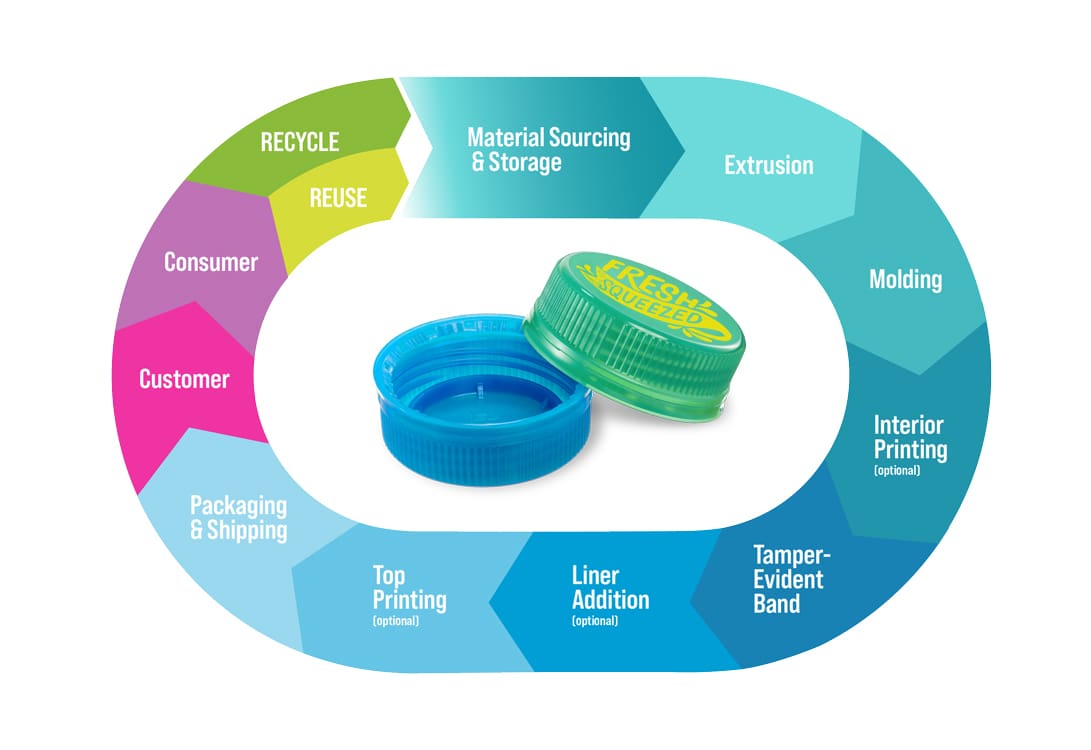
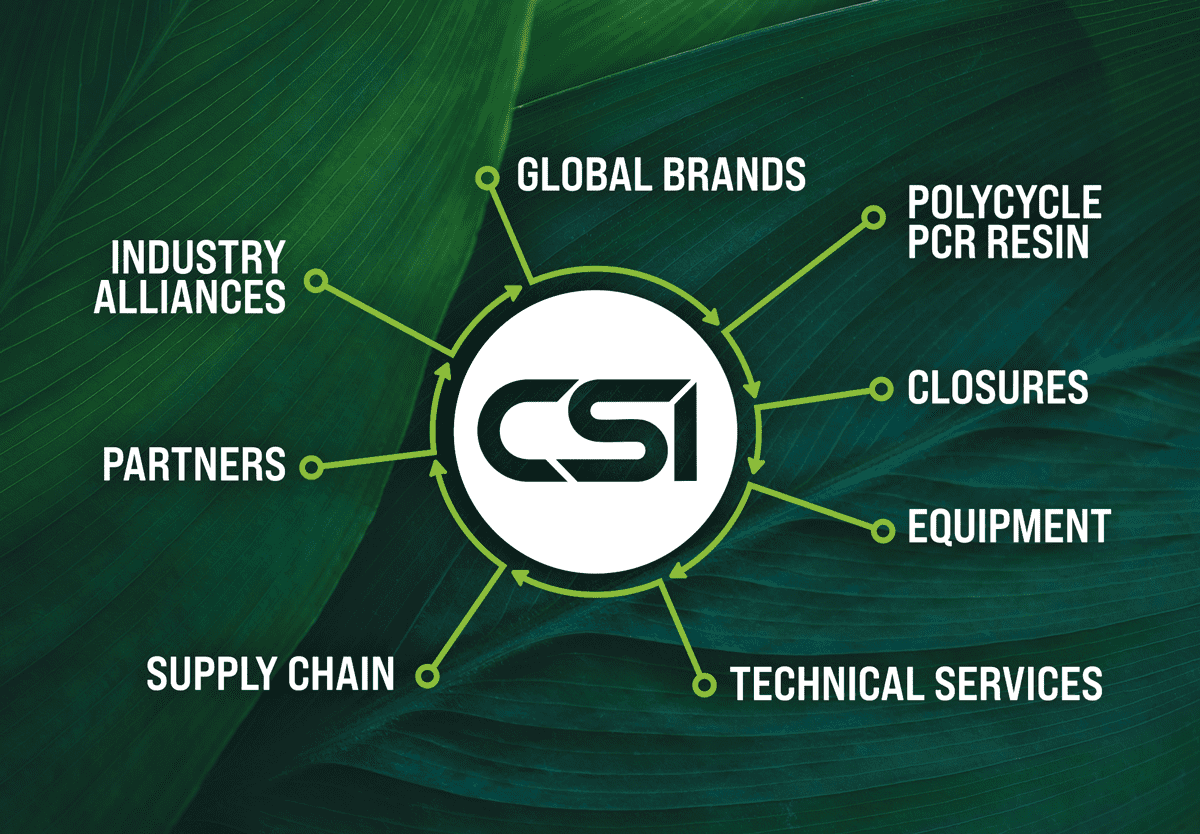
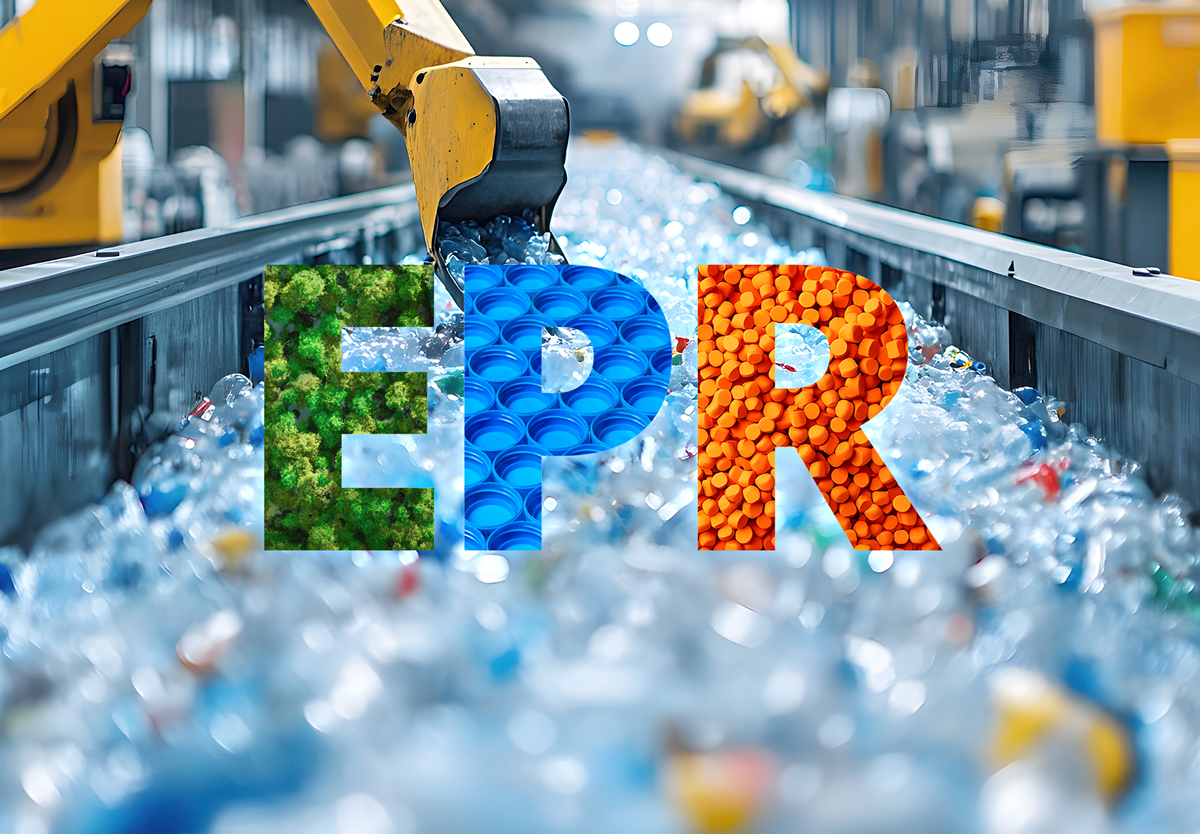

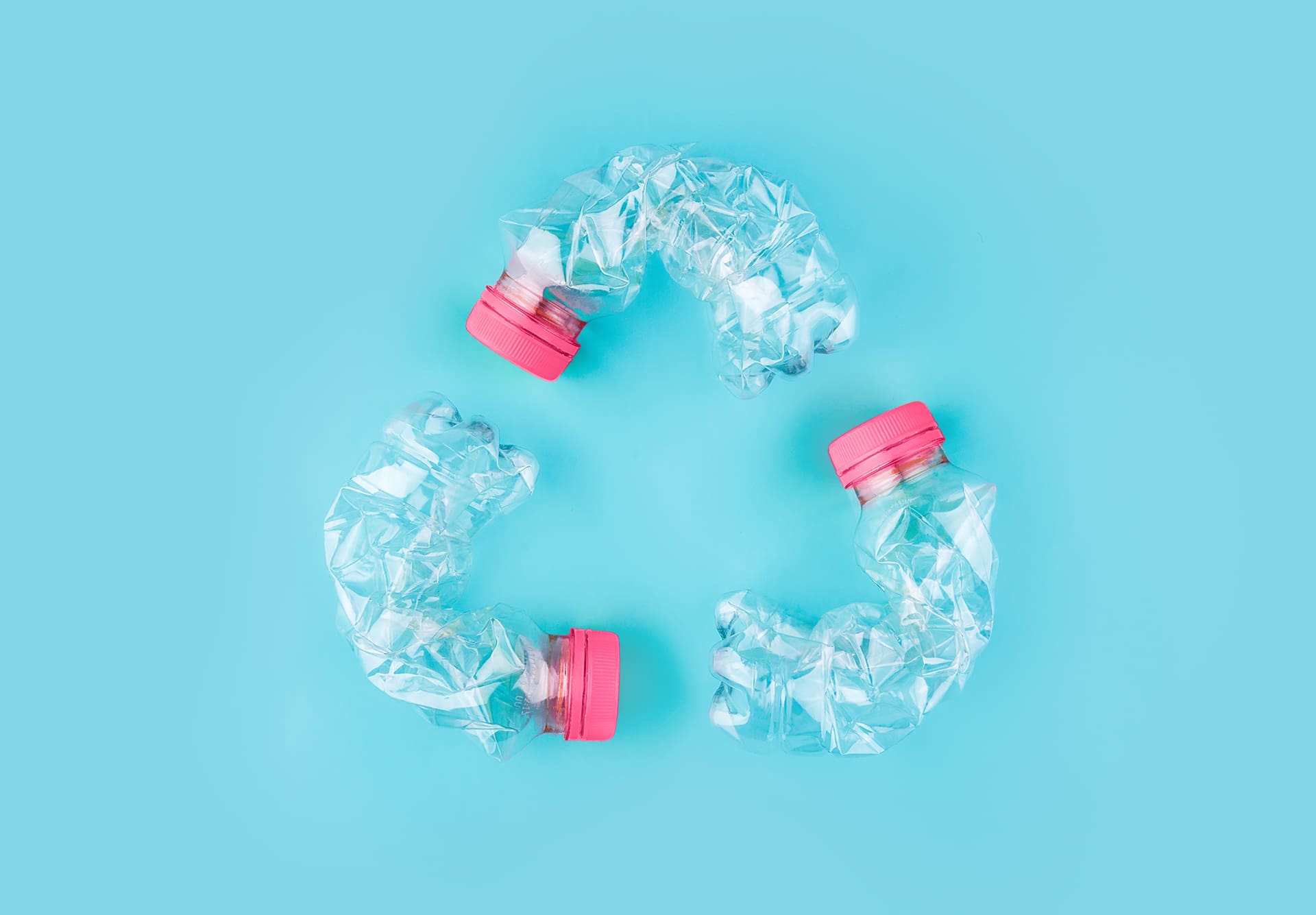
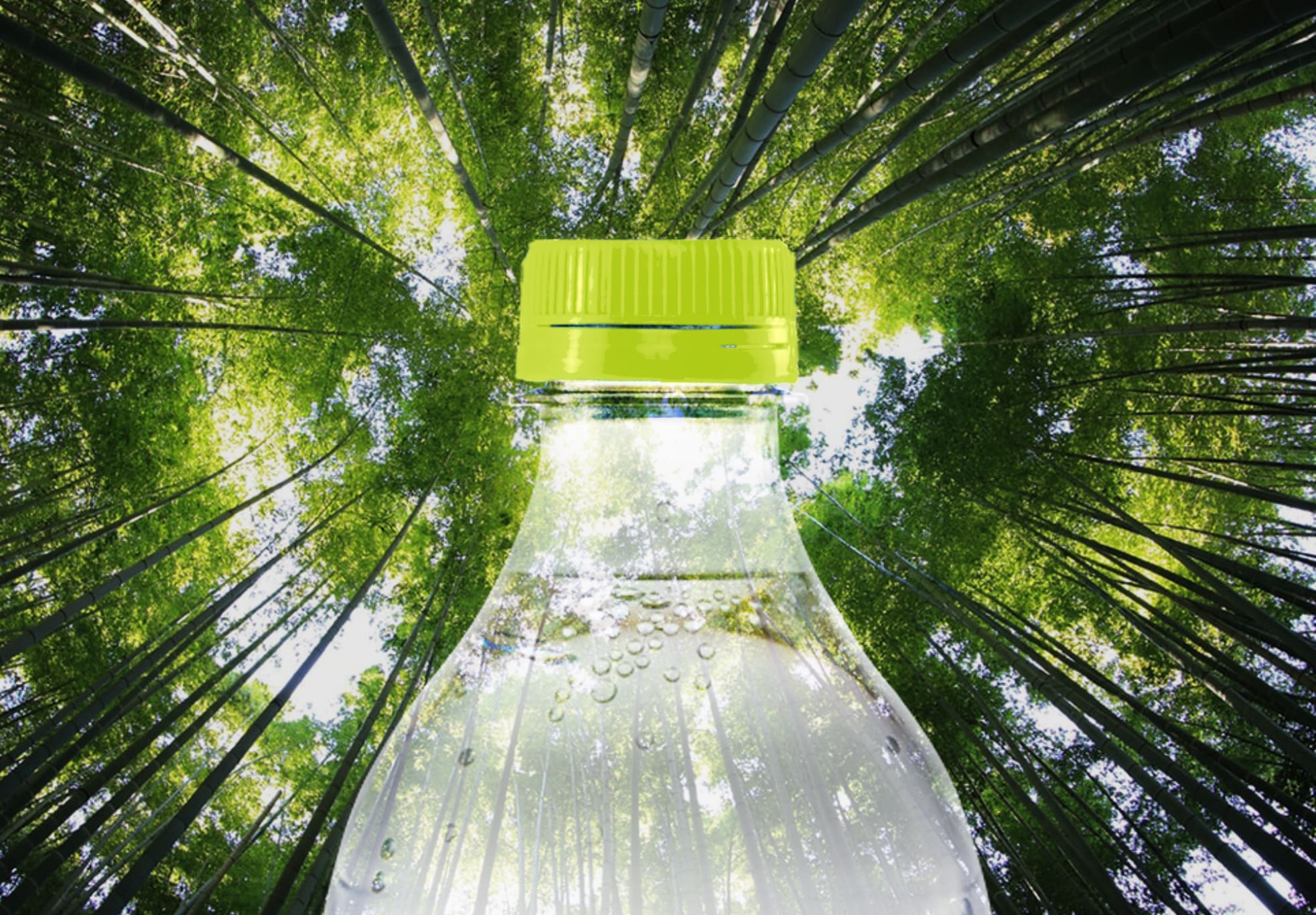

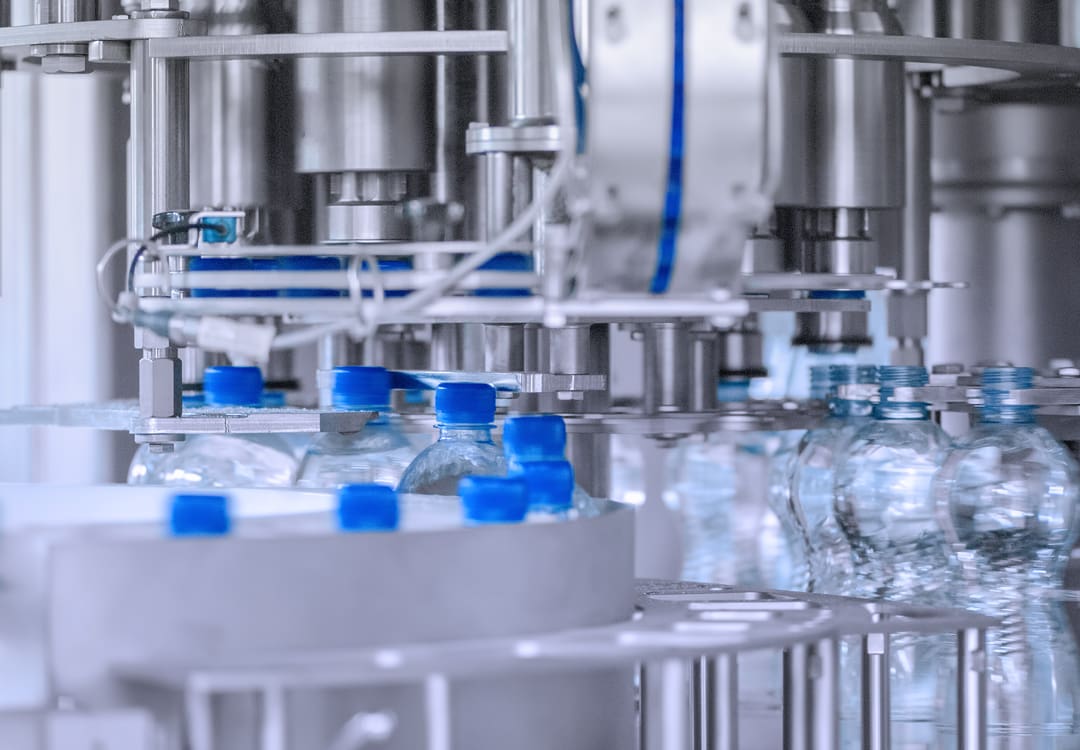
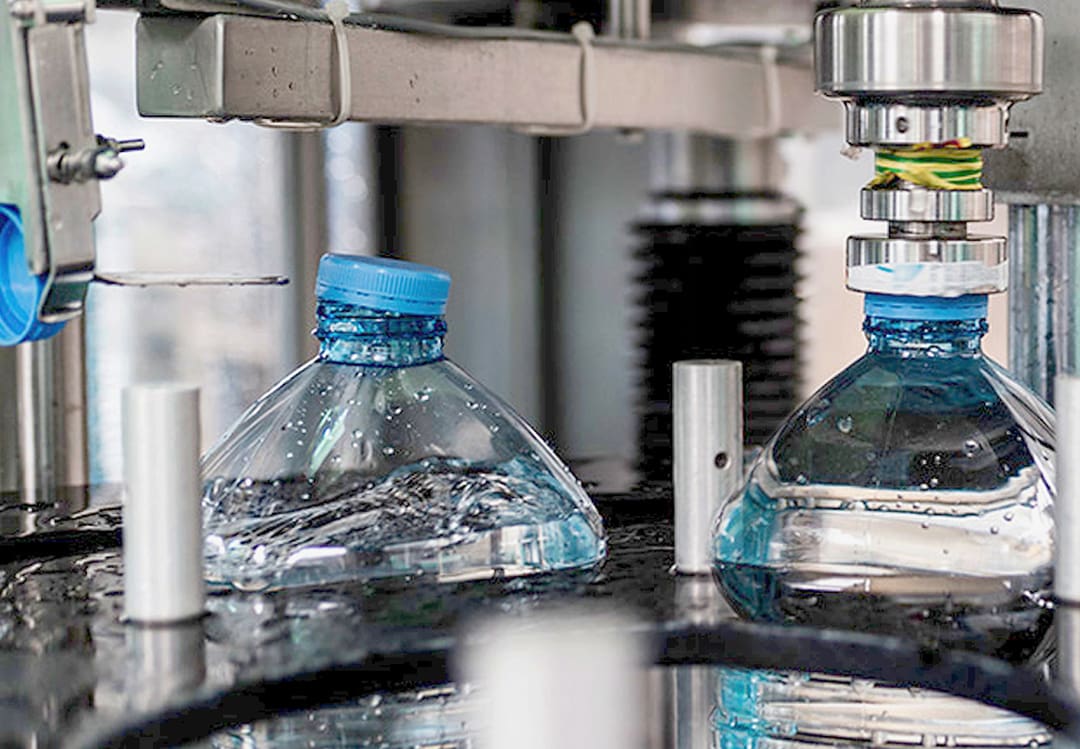
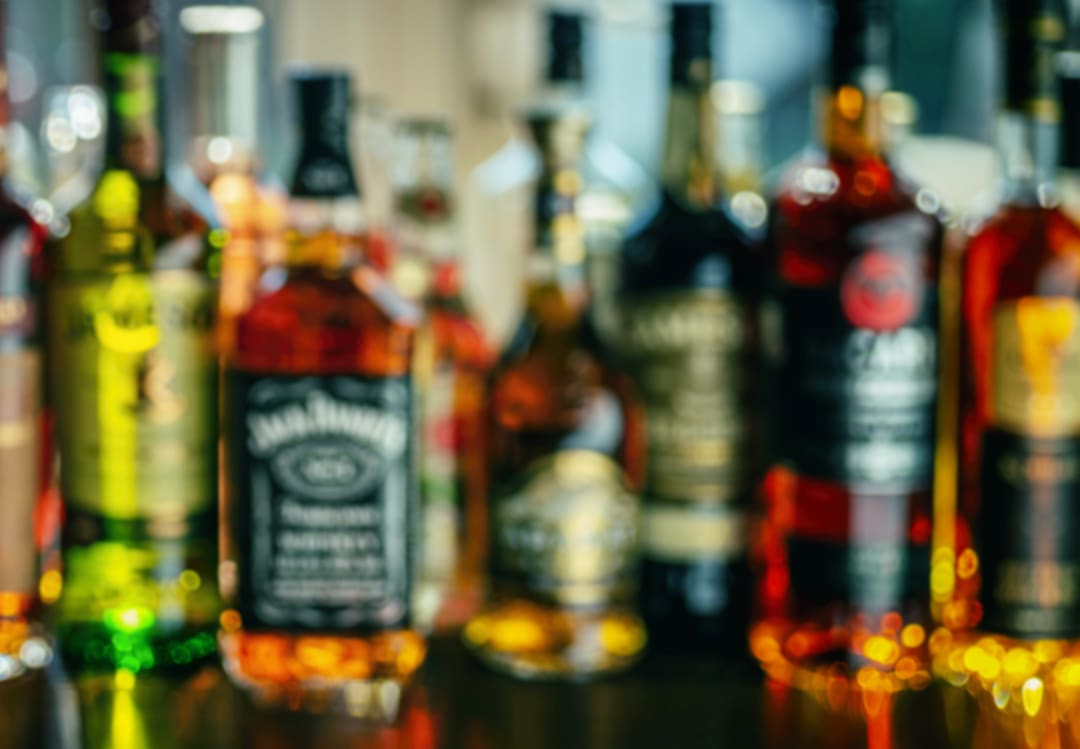
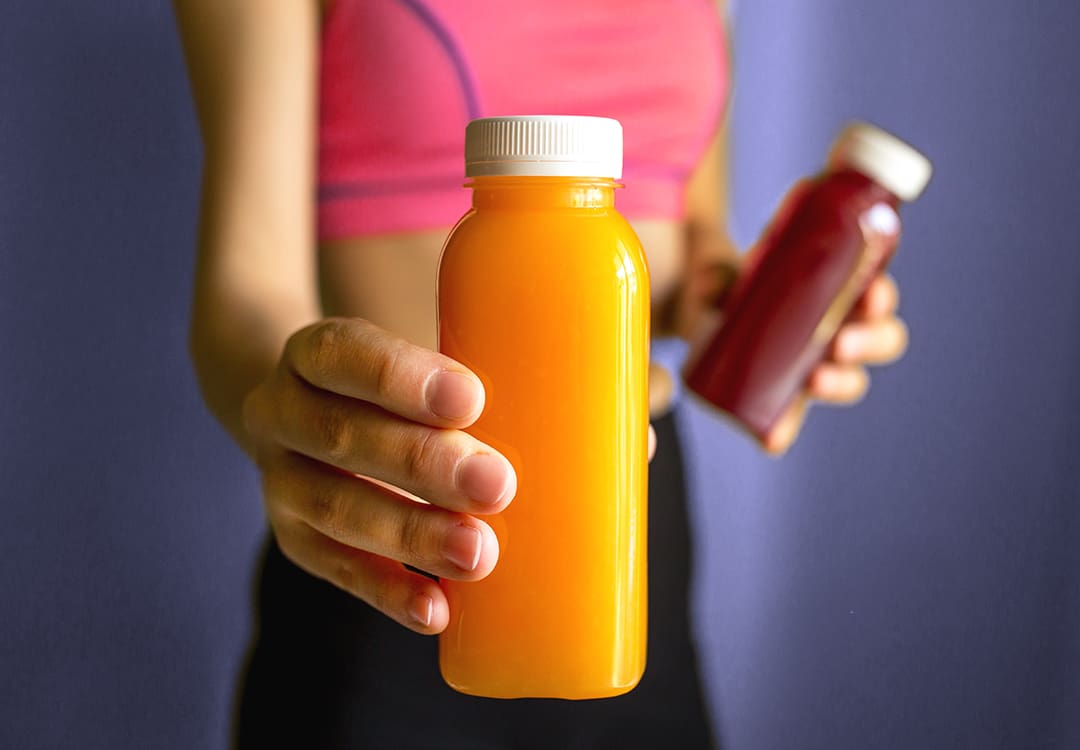
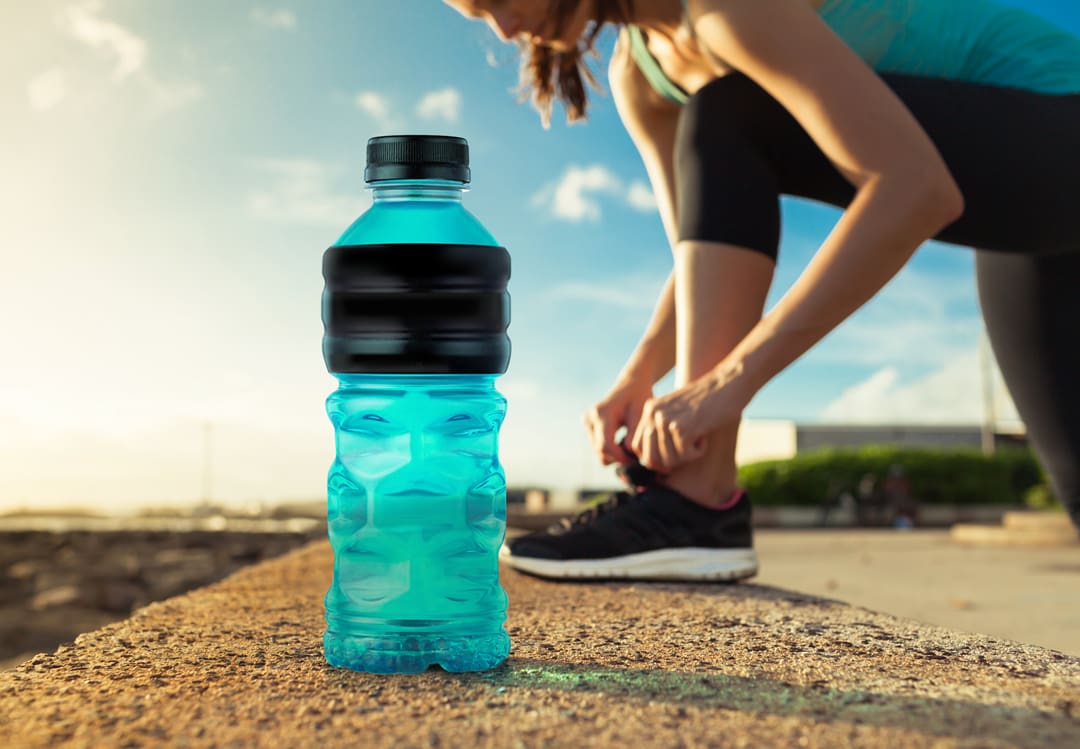
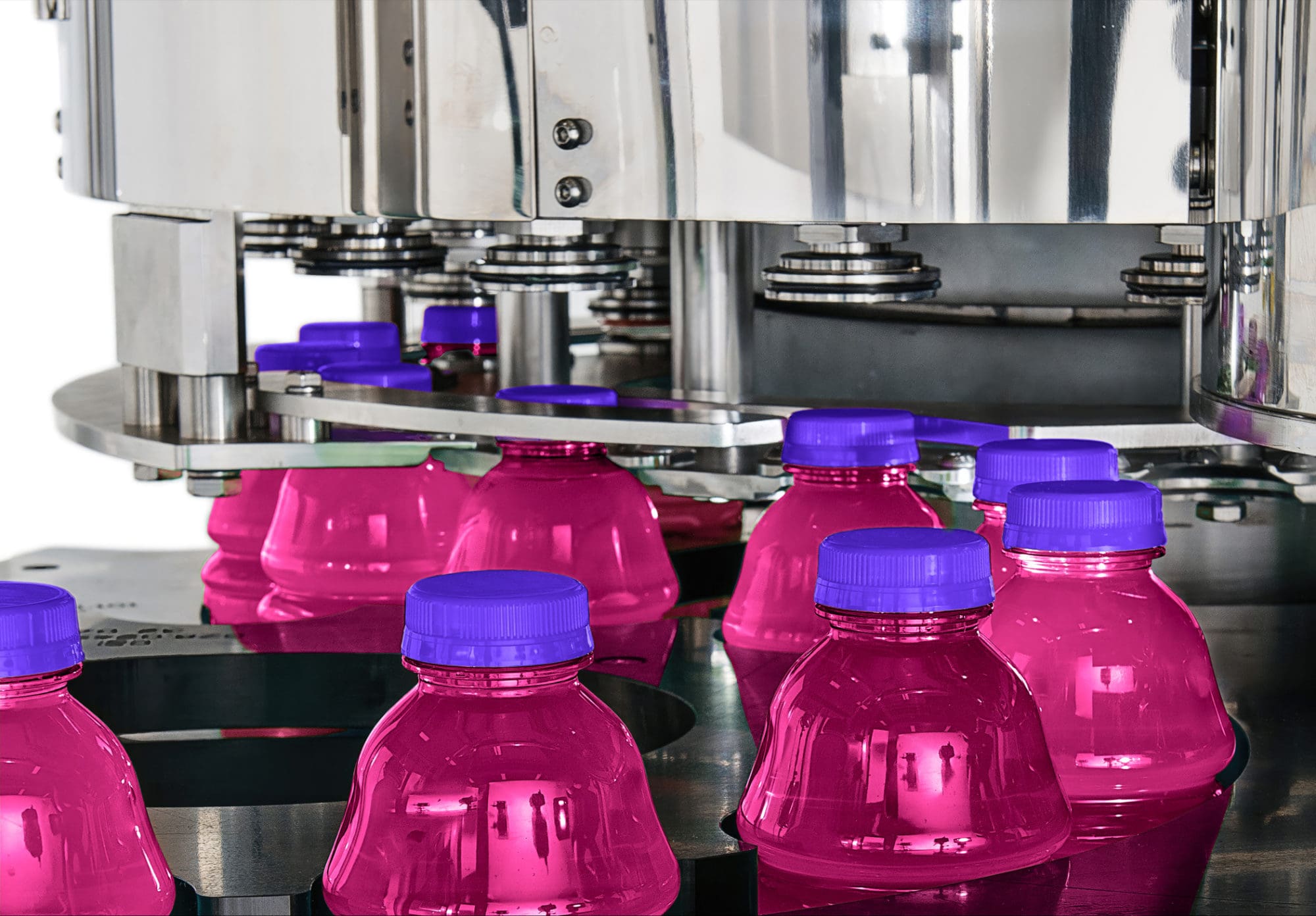
Recent Comments